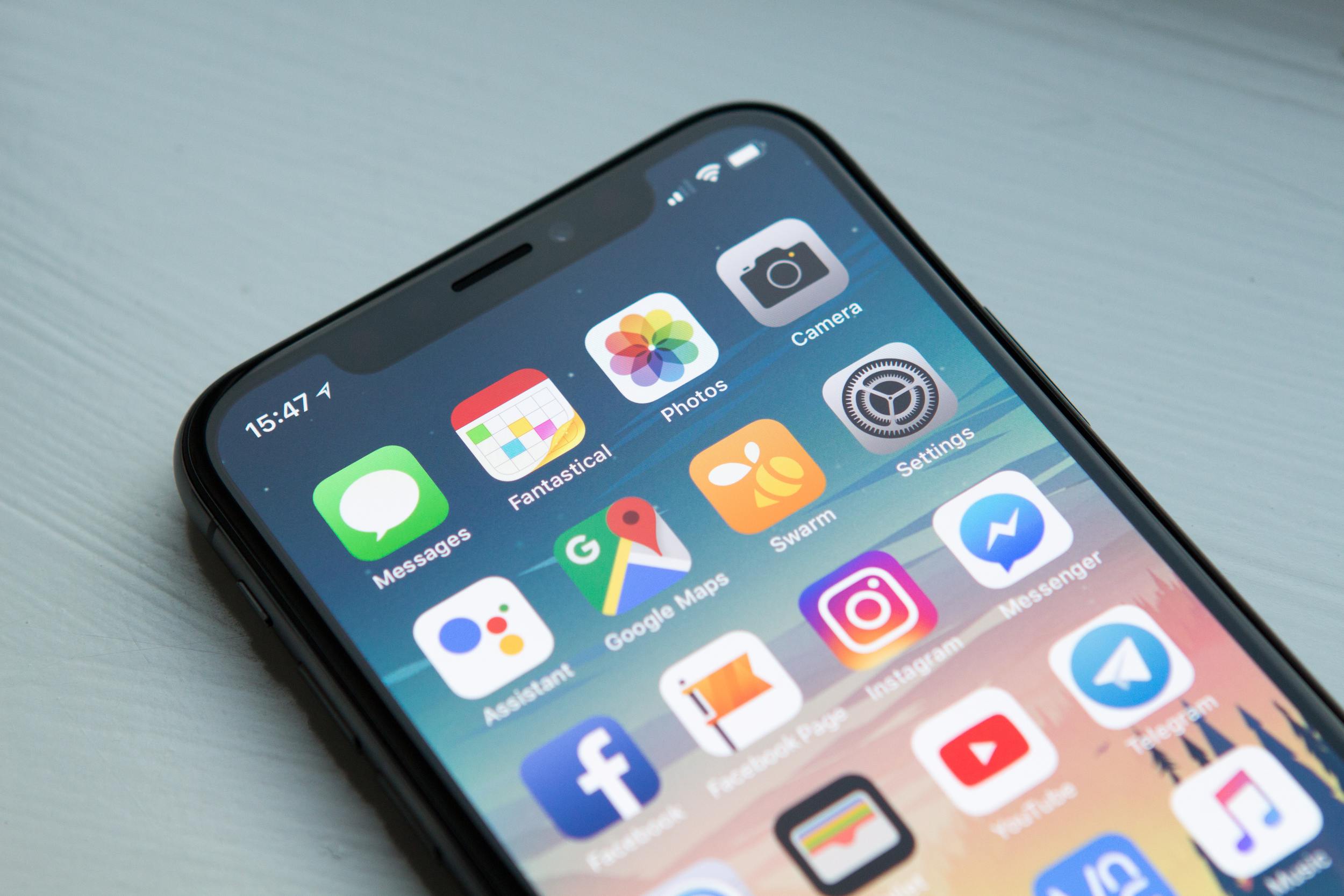We are in the midst of a mobile app revolution. According to recent studies, mobile app usage has surpassed desktop computer usage for the first time. However, with so many mobile apps available today, it has become increasingly difficult for developers to design an app that stands out from the crowd whilst still following current app design trends. To be successful, you need to focus on building user behaviours. It’s not just about creating apps; it’s about focusing on creative app design.
Human-Centred App Design
The key to success lies in taking a human-centred approach to app design. This approach puts the user at the centre of the app design process and considers their needs, wants and behaviours. By understanding your users, you can create an app that meets their needs and encourages them to keep coming back.

To understand what your app users need, you must first research both the market and the audience. Running workshops and focus groups are a great way to discover key insights. Surveys and polls allow you to validate initial findings at scale. Once you have a good understanding of your users, you can work on a creative app design. This will naturally appeal to them. Produce a great concept design by focusing on some key UI elements and user interactions. This will allow you to get clarity on your initial direction with minimal work upfront. Using Figma or Adobe XD is a great way to formulate ideas and try out different concept designs quickly.
The Colour Theory of App UI
In addition to human-centred design, another important factor to consider is colour theory, an area of design which affects UI design. The colours you use in your app design can have a big impact on how users interact with it. Certain colours can evoke certain emotions in people, so it’s important to choose wisely. Understanding what feeling or message you are trying to convey with your mobile app is the first step. You will then be able to define the colours you will ultimately use within your UI design.
It’s important to use what feels appropriate to your brand and customer base. Colour theory is not a hard and fast rule, even if it’s rooted in the science of UI design. Many app designers move forward with concept designs that aren’t the best choice for their mobile app because they simply followed a set UI design formula. It’s important to understand how mobile apps differ from other applications if you want your app to be used by people and not just sit idly on their devices. Mobile apps are personal; they reside on a device we keep close to us at all times. And because of this, they can influence our emotions and behaviours, so make careful design choices.
The Psychology of Creative App Design
The final piece to the puzzle is that of the psychology of products. How a product is designed can influence how users interact with it. The layout, icons, buttons and overall look of your app should be carefully considered to create a seamless user experience. Some basic psychological principles involved in app design are user motivation, habit formation and positive reinforcement.
User motivation is achieved when the user is given a reason to use your app. This could be in the form of rewards, points, badges or other forms of recognition. Habit formation is when the user starts to use your app out of habit instead of conscious decision. And finally, positive reinforcement is when the user is rewarded for using your app in a way that encourages them to continue using it.
The Trifecta
By combining human-centred design, colour theory and psychology, you can create a creative app design that is not only successful but also highly retentive. Individually these elements are strong, but when used in conjunction with one another, they elevate your designs to the next level.
Most of the time, it is the things people don’t see (or at least don’t consciously notice) that have the greatest impact on them. Steve Jobs once said, “Design is not how it looks, design is how it works.” This couldn’t be more accurate when applied to mobile app design. and building effective products. Mobile app users are creatures of habit, and if you can tap into that, you’ll have them using your app for the long run.
Rewarding Users
When it comes to more immediate and tangible rewards for certain behaviours, we can look at both intrinsic and extrinsic rewards. These are essentially rewards that come from either external motivations or from within users’ own belief systems. The best reward system is one that uses the short-term and more immediate effect of extrinsic rewards whilst transitioning users to more intrinsic rewards that are much deeper and longer-term. A good creative app design will leverage these rewards.
Conclusion
Designing mobile apps is no longer just about creating a piece of software; it’s about understanding and building user behaviours. By using human-centred design, colour theory and psychology in your mobile app design process, you can create an engaging and highly retentive app that users will love.
What are your thoughts on this approach to mobile app design? Let us know.
Share this
Subscribe To Our Blog
You May Also Like
These Related Stories

The Importance Of Focus Groups In Your Luxury App Development

Build Native Apps or Hybrid Apps: Why Native Apps Create More Value





